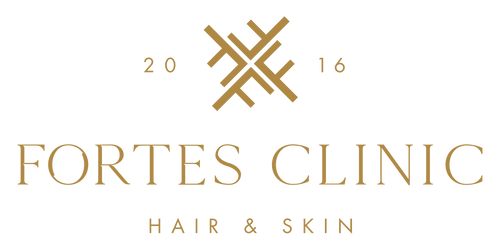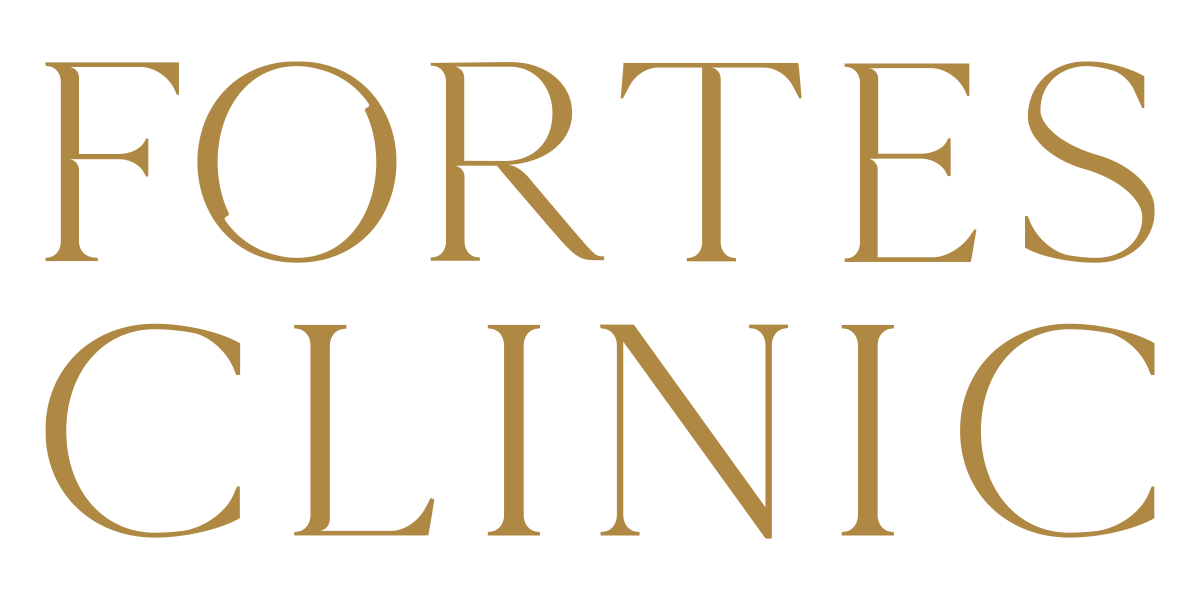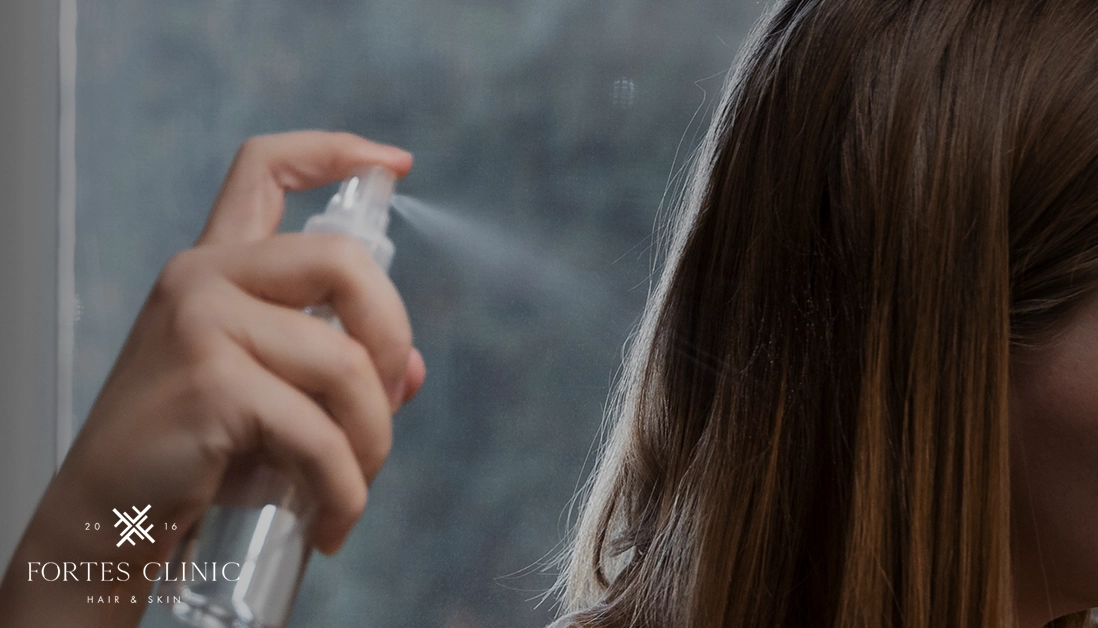Introduction to Topical Minoxidil
Hair loss, an issue affecting millions worldwide, isn’t merely a physical concern but also a profound psychological one. Topical minoxidil has emerged as a beacon of hope for many, offering a practical solution to this age-old problem. This article aims to demystify topical minoxidil, providing a deep dive into its mechanisms, usage, and potential impact on hair loss.
Understanding Hair Loss
Causes of Hair Loss
Understanding the enemy is the first step to combat it. Hair loss can be attributed to various factors. Genetics play a pivotal role, particularly in androgenetic alopecia, the most common form of hair loss known as male or female pattern baldness. Other factors include hormonal changes, such as those during pregnancy or menopause, medical conditions like thyroid disorders, and even certain hairstyles and treatments that put excessive strain on hair.
Psychological Impact of Hair Loss
The effects of hair loss transcend beyond the physical realm. It can lead to significant emotional distress, affecting self-image and confidence. This psychological impact often goes unspoken, but it’s as real and concerning as the physical aspect.
Traditional Treatments for Hair Loss
Over the years, various treatments have been employed, ranging from natural remedies and over-the-counter products to prescription drugs and surgical procedures. Each comes with its own set of pros and cons, suitability, and effectiveness.
What is Topical Minoxidil?
Historical Background of Topical Minoxidil
Topical minoxidil’s story is one of accidental discovery. Initially developed as an oral medication for high blood pressure, patients began to report unexpected hair growth. This led to the repurposing of minoxidil as a topical hair loss treatment, a revolutionary step in dermatology and trichology.
The Science Behind Topical Minoxidil
Minoxidil belongs to a class of drugs known as vasodilators. It’s not entirely clear how it stimulates hair growth, but theories suggest its ability to widen blood vessels around hair follicles may improve hair follicle function and stimulate hair growth.
Different Forms of Minoxidil
Minoxidil is available mainly in two forms: a liquid solution and a foam. The choice between the two often boils down to personal preference, ease of application, and scalp sensitivity.
How Does Topical Minoxidil Work?
Mechanism of Action
Minoxidil’s primary action is to enhance blood flow to the hair follicles. It also extends the anagen phase (growth phase) of the hair cycle, promoting a longer period of hair growth and increasing the size of miniaturised follicles.
Effectiveness Studies
Numerous clinical studies have shown that minoxidil can effectively halt hair loss and stimulate new hair growth, particularly in cases of pattern baldness. Its effectiveness varies from person to person and is more pronounced when started early.
Comparison with Other Treatments
Minoxidil holds an edge for being non-invasive and user-friendly compared to surgical options. Its ease of application and comparatively fewer side effects make it a preferred choice for many.
Application and Usage of Topical Minoxidil
Proper Application Techniques
The efficacy of minoxidil largely depends on correct application. It should be applied directly to the scalp, ensuring it reaches the skin, and not just the hair.
Dosage and Frequency
The general recommendation is twice daily application, typically once in the morning and once at night. Consistency is key to seeing results.
What to Expect
An initial increase in hair shedding is common, as minoxidil accelerates the hair cycle, leading to the shedding of older hairs to make way for new growth. Visible results typically take months to become noticeable.
Side Effects and Considerations
Common Side Effects
While minoxidil is well-tolerated, some may experience side effects like scalp irritation, dryness, and in rare instances, unwanted facial hair growth in women.
Long-term Use Considerations
Long-term use of minoxidil is generally considered safe. However, as with any medication, it’s wise to keep an eye on any changes and consult a healthcare professional if concerns arise.
Who Should Avoid Minoxidil
Minoxidil is not recommended for individuals under 18 or those with certain scalp conditions. Pregnant or breastfeeding women should also avoid it.
Maximising the Effectiveness of Topical Minoxidil
Lifestyle Factors
A healthy lifestyle, including a balanced diet and stress management, can enhance the effects of minoxidil. Nutrients like biotin, niacin, and zinc are particularly beneficial for hair health.
Combining with Other Treatments
Minoxidil can be part of a multi-faceted approach to treating hair loss. It’s often used in conjunction with other treatments like finasteride, a prescription medication for male pattern baldness.
Frequently Asked Questions on Topical Minoxidil
This section tackles common queries, demystifying myths and providing practical advice to prospective users.
1. How Long Does It Take for Topical Minoxidil to Show Results?
The time frame for seeing results from minoxidil varies, but most users begin to notice changes within 3 to 6 months of consistent use. It’s important to use it regularly as directed to see optimal results.
2. Can Women Use Topical Minoxidil?
Yes, topical minoxidil is suitable for both men and women. However, the concentration may differ (usually 5% for men and 2% for women), so it’s important to choose the right formulation.
3. Is Topical Minoxidil a Permanent Solution for Hair Loss?
Minoxidil does not cure hair loss; it’s a treatment that requires ongoing use. If you stop using it, you’re likely to return to your previous pattern of hair loss over time.
4. Can I Use Hair Styling Products Alongside Minoxidil?
Yes, you can use styling products while treating your hair with minoxidil. However, ensure that minoxidil is applied to the scalp first and fully dried before applying any styling products.
5. Are There Any Dietary Changes I Should Make While Using Minoxidil?
While no specific diet is required, a balanced diet rich in essential nutrients like vitamins, minerals, and proteins can support overall hair health.
Conclusion
Topical minoxidil stands out as a practical, accessible solution for hair loss. Its ease of use, coupled with a proven track record, makes it a compelling option for many seeking to address hair loss.
Contact Fortes Clinic for expert advice on topical minoxidil and a range of other hair loss treatments.



